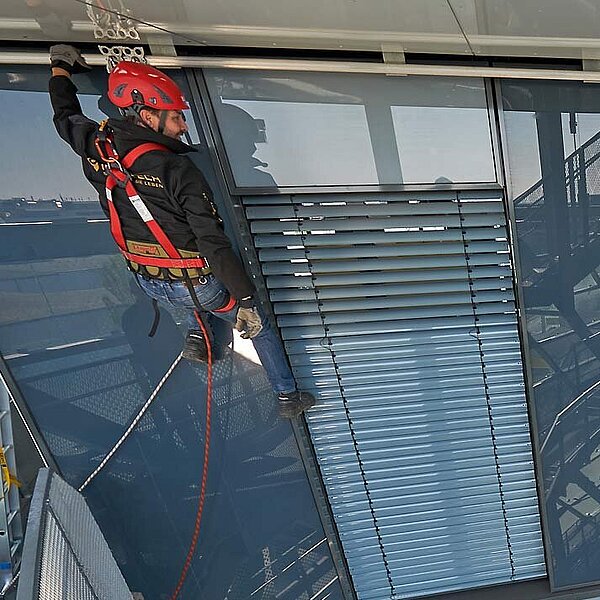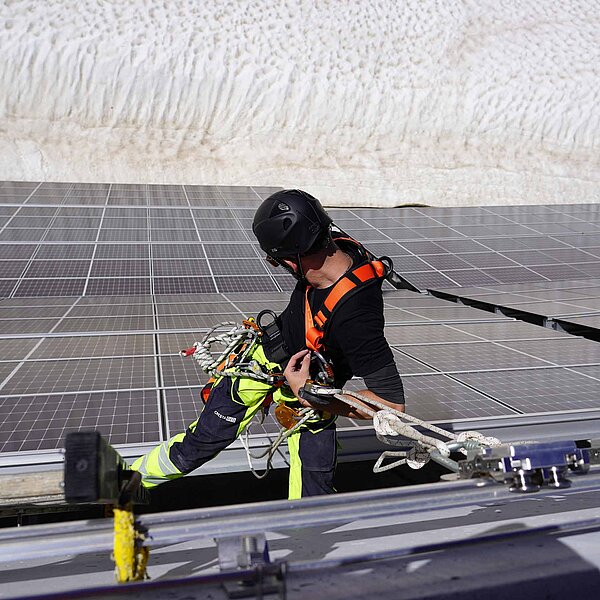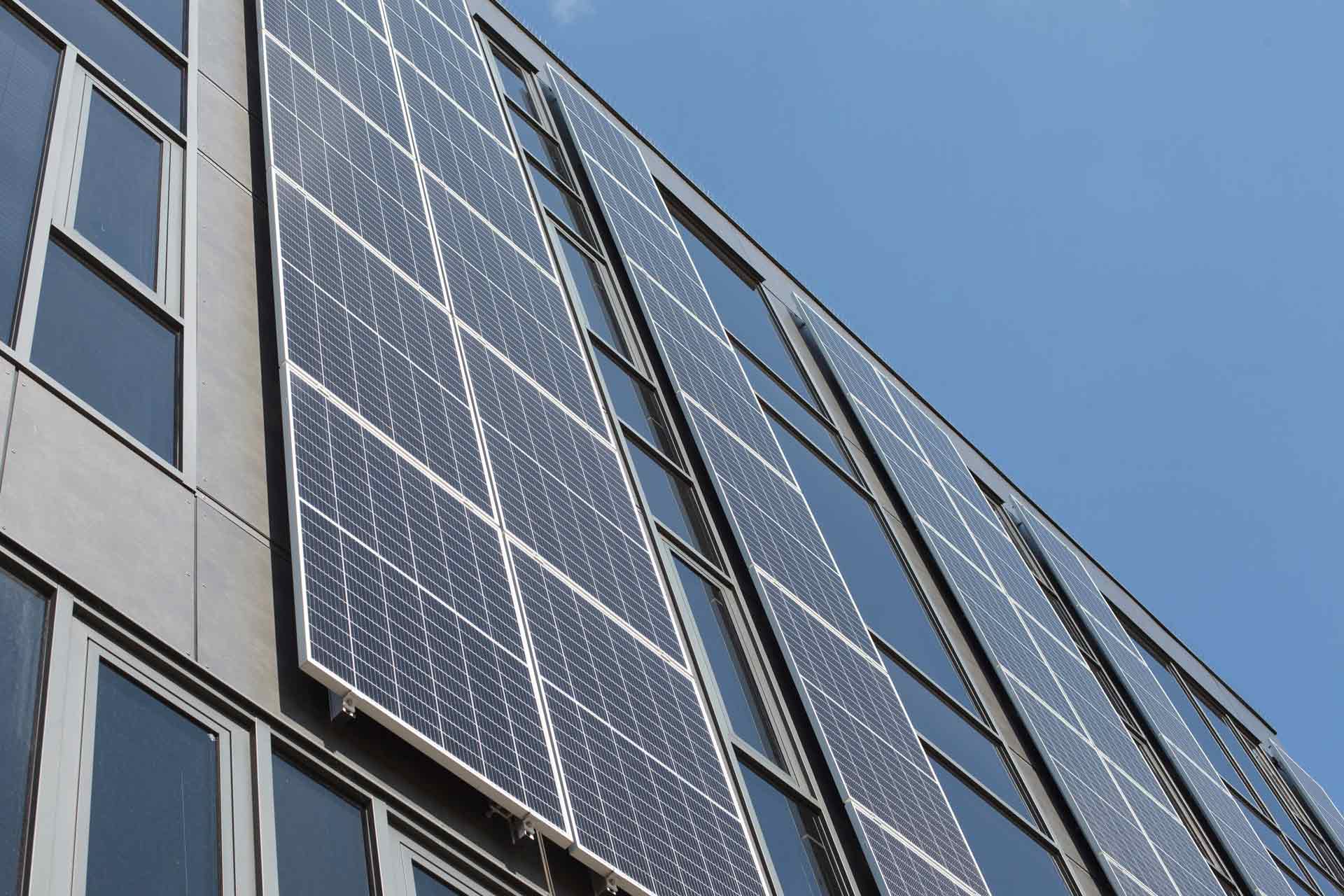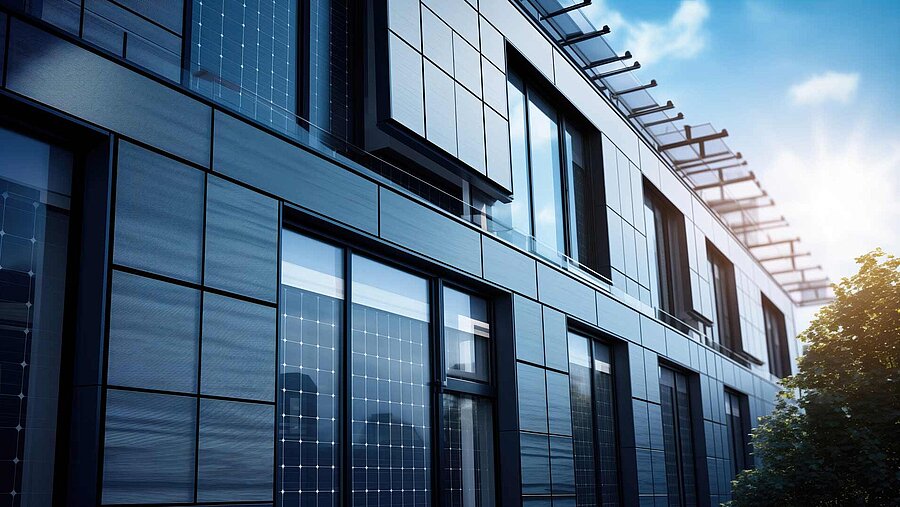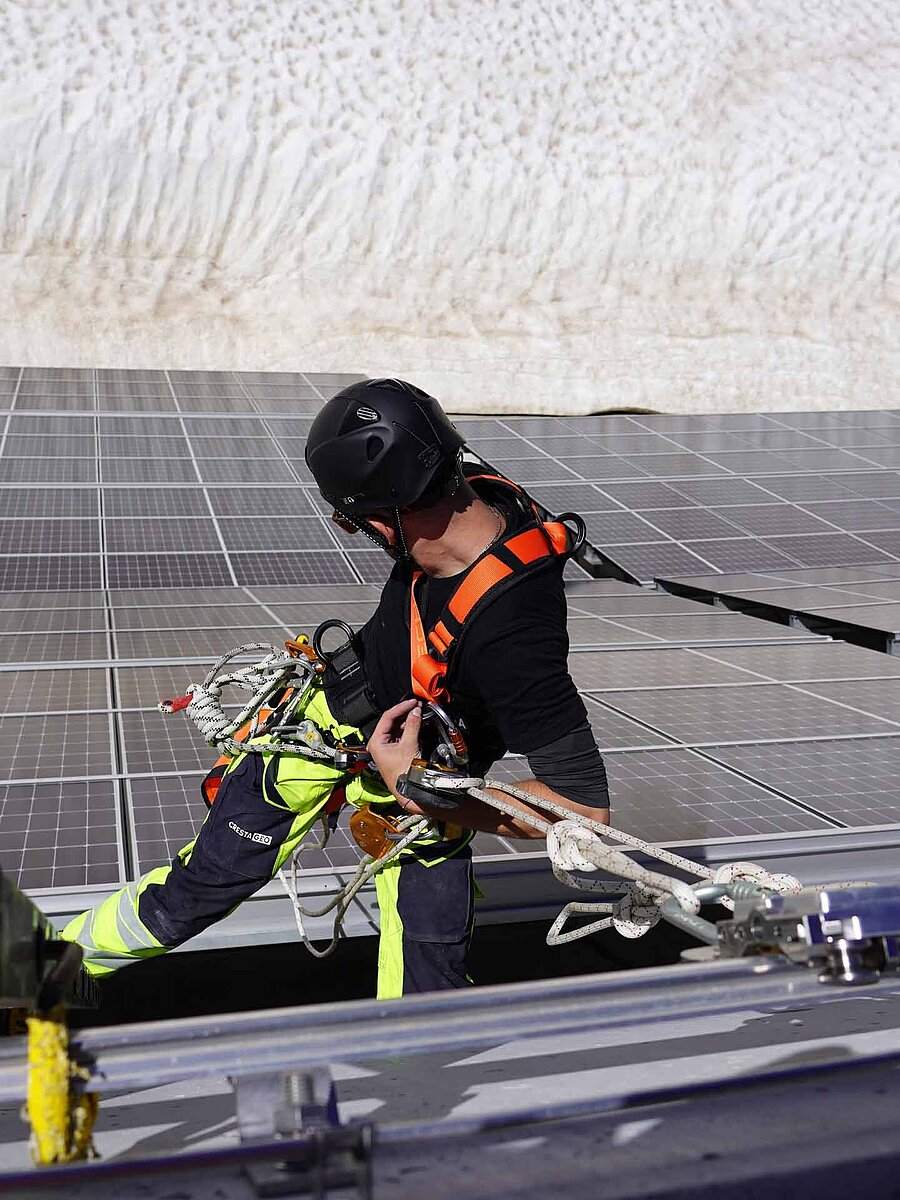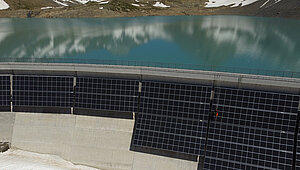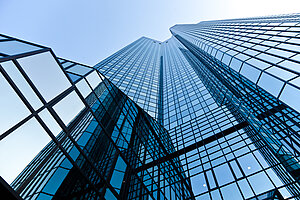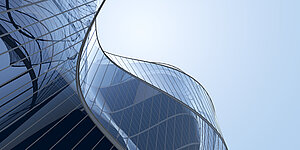An introduction to the photovoltaic facade
Photovoltaic facades are an innovative technology which provides the opportunity to use building walls for sustainable energy generation. They consist of solar modules integrated into the building shell, which convert sunlight into electric energy. This innovative construction method not only allows the generation of solar power, i.e. green energy, but also integrates sustainable solutions into the architecture, thus turning buildings into active energy producers.
Their function is to capture sunshine and convert it into electricity by means of photovoltaic cells (mono-crystalline modules, poly-crystalline modules, etc.). The PV facade modules can be mounted both vertically and horizontally, and this provides a wide range of design options for modern buildings.
Importance for renewable energy sources and building integration
Generating energy by means of photovoltaic facades is decisive for encouraging renewable energy sources, and makes an important contribution to the development of sustainable buildings and to the battle against combat change.
The integration of photovoltaic technology into existing building facades is a major step towards energy self-sufficiency, and contributes to reducing dependency on traditional energy sources. Due to increased electricity costs and the ever-increasing demand for electricity from sunlight, photovoltaic facades are falling even more under the spotlight in modern architecture and in the construction industry, as a promising alternative to conventional energy generation.
Integration of photovoltaics into the building structure has long since ceased to be a dream for the future, and is now reality. In terms of available surface, many building owners will consider PV facades as a complement to a roof installation, or even as an efficient alternative.
Fall protection: Importance and necessity
Fall protection designates measures developed for minimising the risk of falls and preventing accidents. For photovoltaic facades, an effective fall protection system is of decisive importance, because installation and maintenance of this equipment takes place in locations at height, and these are also generally difficult to access. The current practice here is to abseil using rope access technology.
Accordingly, safety solutions are available in various forms integrated into the building, and they include systems such as rail protection and abseiling eyes. These are installed in order to ensure protected access or a safe foundation for rope access technology.
Definition of fall protection and its relevance to photovoltaic facades
Fall protection for solar modules installed on a building wall is important to the safety of those who work at height – and therefore at a risk of falling – while installing, servicing and cleaning this equipment. In order to ensure the safety of the employees, legal requirements and standards mandate such safety measures. These standards include specific requirements for the installation of fall protection systems, in order to ensure compliance with safety standards.
There are various legal requirements and standards, such as EN 795 and DGUV regulation 112-198, which set specific requirements for fall protection when working at height. These regulations define clear standards and instructions which govern acting safely when working at height, and thus contribute to minimising accidents and risks during work on photovoltaic facades. You will find further information about the legal foundations here.
Advantages of fall protection systems for photovoltaic facades
Fall protection on photovoltaic facades is decisive for working safely when suspended from a cable. Not only does it enable more efficient installation of the equipment, it also reduces the psychological barrier to implementing cleaning and maintenance tasks at regular intervals, and in turn increases the earnings potential.
Safety solutions implemented via the roof or along the facade, for example, offer the following advantages:
- Safe access to the vertically positioned PV modules – by means of rope access technology
- User-friendliness
- Flexible attachment variants
Challenges and solutions for fall protection on photovoltaic facades
Severe weather in combination with dust pollution makes it necessary to clean the solar modules at regular intervals, in order to ensure that the integrated solar cells perform at their optimum level. Inspections and servicing tasks also arise. However, in contrast to roof installations, the panels on a facade are more difficult to access, because they are positioned vertically.
One solution for accessing the modules is to use working platforms and cherry pickers. However, this requires that sufficient space is available for the working equipment. The solution which requires no space on the ground and which, for example, also works with a hanging facade is access via a safety system on the roof or along thefacade via rope access technology.
- For individual modules and a fixed-point solution, the EAP-ABP-10-30-A4 abseiling eye is available from INNOTECH. This is attached either in combination with posts approved for the purpose, or else directly to the building structure.
- For a large number of PV modules and also for demanding facades, the TAURUS rail system is recommended. Not only can this be attached to numerous types of substructures, it also provides all-round integral protection.
The TAURUS rail system and the EAP-ABP-10-30-A4 abseiling eye have been awarded building inspection authority approval from the Deutsches Institut für Bautechnik (German Institute for Building Technology). In addition, TAURUS provides an all-round function which protects transition between the horizontal and the vertical - including access from the roof.
Professional installation
Sophisticated facades require sophisticated solutions: The complete installation of solar modules and fall protection systems for photovoltaic facades requires an expert approach, and includes multiple steps. Starting with in-depth planning, including
- the structural conditions
- the characteristics of the facade
- the requirements of the safety standards
it is important to select the correct systems which fulfil the specific requirements of the location, because there are numerous design options. After all, correct installation as per the manufacturer’s instructions guarantees effective protection, and ensures the best possible solar energy generation.
Best practices for long-term safety
Regular servicing and inspection of the fall protection systems installed are essential for ensuring long-term safety. For this, best practices include periodic inspections of the equipment as per the manufacturer’s instructions and national safety standards. Timely maintenance, which includes cleaning, adjustment and replacement of worn components, guarantees the functional capability and reliability of the protection systems.
Training employees in the correct operation and servicing of the fall protection systems is also of critical importance. The employees need to be capable of regularly inspecting the equipment, in order to recognise potential defects or problems and to take appropriate action. A well-documented maintenance history and clear communication between operators and technicians are key factors for achieving the long-term safety and effectiveness of the fall protection systems.
Did you know that INNOTECH not only provides fall protection products for photovoltaic facades, but also offers professional advice, planning services and training for your team? How much does the safety of your employees matter to you? Do you wish to achieve peak performance in matters of safety? Together, let’s design your working environment to be safer and let’s generate a sustainable facade solution! Contact us today for tailor-made solutions and comprehensive support.
